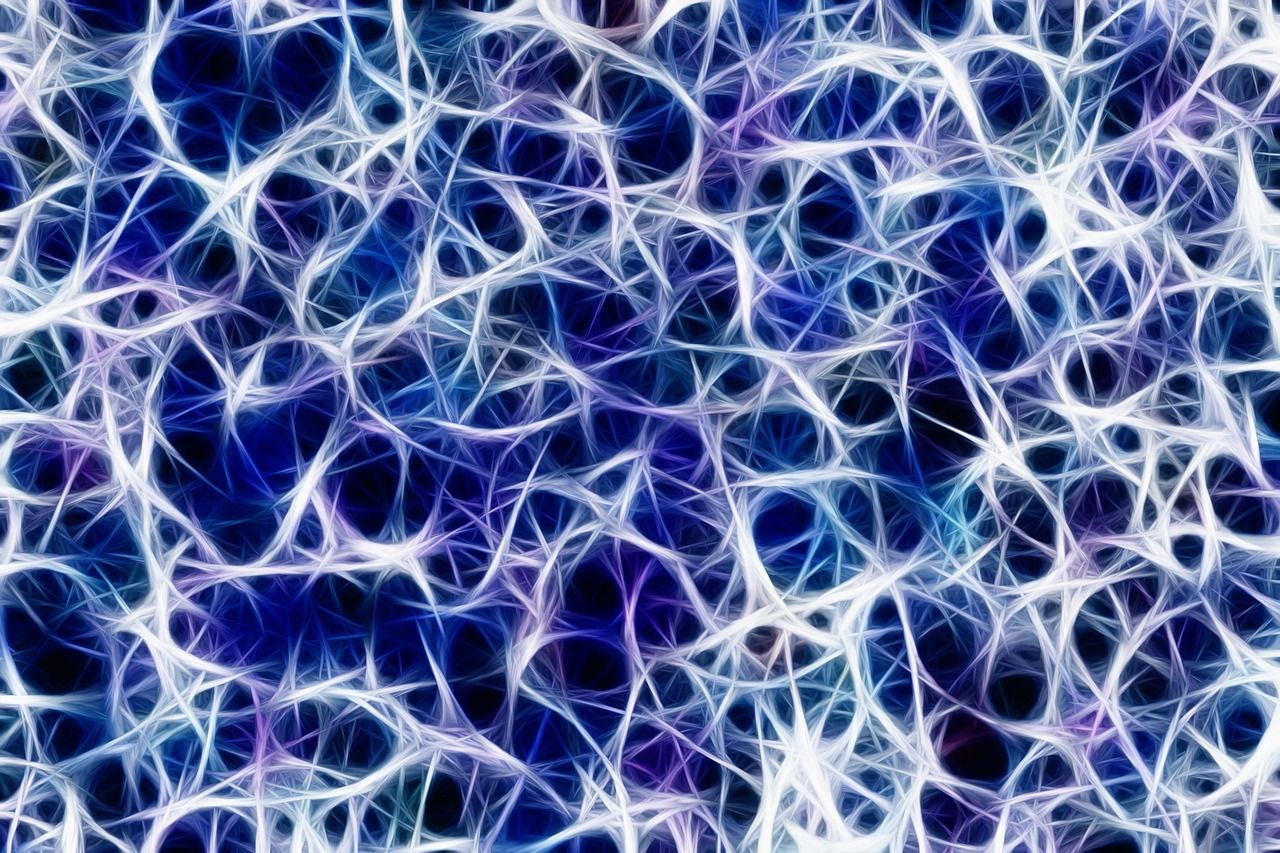Revolution in neuron observation: towards a better understanding of degenerative diseases
Published by Cédric,
Author of the article: Cédric DEPOND
Source: Angewandte Chemie International Edition
Other Languages: FR, DE, ES, PT
Author of the article: Cédric DEPOND
Source: Angewandte Chemie International Edition
Other Languages: FR, DE, ES, PT
Follow us on Google News (click on ☆)

Illustrative image by Pixabay
A research team led by Dr. Kim Yun Kyung from the Brain Science Institute at the Korea Institute of Science and Technology (KIST), in collaboration with Professor Chang Young-Tae's team from Pohang University of Science and Technology, recently announced the development of a new next-generation neuron labeling technology named NeuM (Neuronal Membrane-selective). This technology selectively marks neuronal membranes, allowing for the visualization of neuronal structures and real-time monitoring of neuronal changes.
Neurons are nerve cells that transmit information from the sensory system to the brain, thus regulating our thoughts, memories, and behaviors. To combat neurodegenerative diseases, it is essential to develop techniques that can selectively label living neurons for real-time monitoring. However, current labeling technologies based on genes and antibodies, commonly used to observe neurons, suffer from low precision and long-term tracking difficulties due to their dependence on specific gene expression or proteins.
Advantages and Capabilities of NeuM
NeuM, developed by the research team through molecular design of neuronal cells, shows high binding affinity to neuronal membranes, allowing long-term tracking and high-resolution imaging of neurons. The fluorescent probes within NeuM bind to neuronal membranes using the activity of living cells, emitting fluorescent signals when excited by specific light wavelengths. This visualization of neuronal membranes enables detailed observation of terminal neuronal structures and high-resolution monitoring of neuronal differentiation and interactions.

As the first technology to stain cell membranes by endocytosis in living neurons, NeuM shows selective reactivity towards living cells, excluding dead cells without internalization. Moreover, the research team has successfully extended the observation time of neurons from just 6 hours to up to 72 hours, enabling the capture of dynamic changes in living neurons over an extended period in response to environmental changes.
This new technology is expected to offer valuable insights for research and therapeutic development of neurodegenerative diseases, for which there are currently no cures. The precise observations of neuronal changes by NeuM can effectively facilitate the evaluation of candidate therapeutic compounds.